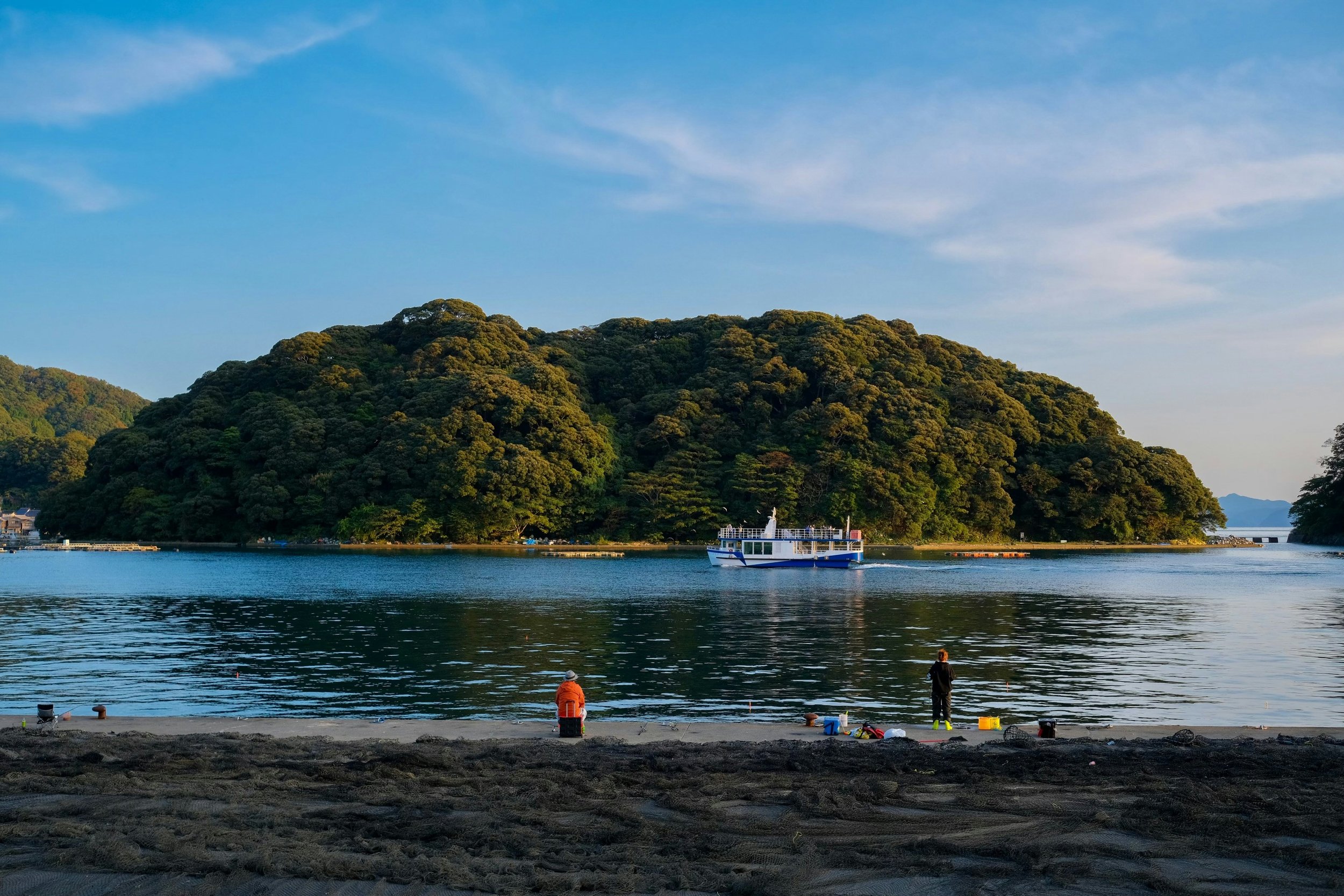Beyond Tokyo: 7 Underrated Japanese Towns That Feel Like a Step Back in Time
When you think of Japan, Tokyo’s buzzing neon streets or the ancient temples of Kyoto might come to mind. But venture a little off the beaten path, and you’ll discover places where time stands still—charming towns preserved in their Edo-period elegance, with narrow streets, wooden townhouses, and centuries-old traditions still woven into daily life.
Whether you’re a history lover, a cultural enthusiast, or a slow traveller seeking tranquillity, these hidden gems offer a window into old Japan—untouched by the rush of modernity.
1. Takayama (Gifu Prefecture)
Why Go: Nestled in the Japanese Alps, Takayama is often called “Little Kyoto”, thanks to its beautifully preserved historic district and merchant houses.
Highlights:
Sanmachi Suji: A street of sake breweries, crafts shops, and cafés housed in dark wooden buildings.
Takayama Jinya: A 17th-century government outpost, the only one of its kind still standing in Japan.
Morning Markets: Fresh produce, handmade goods, and local delicacies like hida beef skewers.
Best Time to Visit: Spring or autumn, especially during the Takayama Festivals in April and October.
2. Magome (Gifu/Nagano Border)
Why Go: A restored post town on the Nakasendo Trail, Magome feels like a living museum of feudal Japan.
Highlights:
Nakasendo Trail: Walk from Magome to nearby Tsumago, a scenic 8 km hike through forests and mountains.
Preserved Edo-era Townscape: No cars, no neon—just cobbled streets and water wheels.
Teahouses and Ryokan: Experience traditional hospitality and local soba noodles.
Tip: Wear comfy shoes and take your time—this trail rewards slow travel.
3. Kurashiki (Okayama Prefecture)
Why Go: Known for its elegant canals and white-walled storehouses, Kurashiki merges history with art.
Highlights:
Bikan Historical Quarter: Willow-lined canals and preserved merchant homes.
Ohara Museum of Art: Japan’s first Western art museum featuring Monet, Matisse, and El Greco.
Kurashiki Ivy Square: A red-brick industrial complex turned chic cultural spot.
Don’t Miss: Riding a gondola through the canals—Japan’s answer to Venice, but with a Zen vibe.
4. Ine (Kyoto Prefecture)
Why Go: This fishing village is unique for its funaya—boat houses built right over the water.
Highlights:
Funaya Boat Houses: Over 200 of these distinctive buildings line the bay.
Seafood Experiences: Freshly grilled squid, Ine buri (amberjack), and seafood rice bowls.
Boat Rides: Get a view of the village from the water and glimpse daily life in motion.
When to Visit: Summer for kayaking and clear skies, or winter for hearty coastal cuisine.
5. Tsumago (Nagano Prefecture)
Why Go: Alongside Magome, this post town has gone to great lengths to keep out modern distractions—no power lines, no neon signs.
Highlights:
Honjin and Wakihonjin Inns: Former lodgings for samurai and officials.
Historical Preservation: Stay overnight in a ryokan lit by lanterns.
Kiso Valley Traditions: Learn woodworking and paper-making techniques.
Fun Fact: Tsumago was one of the first towns in Japan to enact laws preserving historical architecture.
6. Ouchi-juku (Fukushima Prefecture)
Why Go: A once-bustling post town on the Aizu-Nishi Kaido route, Ouchi-juku is now a snow-draped postcard come to life in winter.
Highlights:
Thatched-Roof Houses: A rare Edo-period architectural style still intact.
Negi Soba: Soba noodles eaten with a green onion stalk instead of chopsticks—yes, really.
Local Craft Stores: Try handmade candles, pottery, and lacquerware.
Best Time to Visit: Winter for that storybook snow-covered charm.
7. Hagi (Yamaguchi Prefecture)
Why Go: A coastal town with samurai roots, Hagi offers both historical depth and sea views.
Highlights:
Hagi Castle Town: Latticed samurai homes, earthen walls, and stone alleys.
Pottery Scene: Hagi-yaki pottery is famous throughout Japan.
Seafood Market: Try pufferfish (fugu) and seasonal sashimi.
Bonus Tip: Visit the Shōin Shrine and learn about Yoshida Shōin, a key thinker behind Japan’s modernization.
Final Thoughts: Go Slow, Go Hidden
Japan’s hidden towns aren’t just side trips—they’re portals into a different pace, a different time. Whether you’re sipping sake in Takayama, hiking the misty Nakasendo trail, or watching the tide lap beneath your feet in Ine, you’ll feel the weight of centuries in the quiet.
Skip the bullet train—hop a local line, rent a bike, and wander where the map fades. In these forgotten towns, you’ll find Japan’s truest soul.


